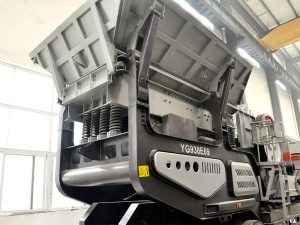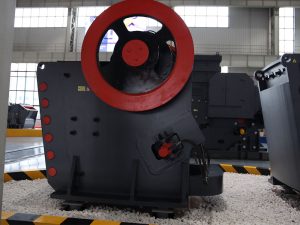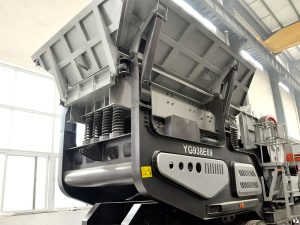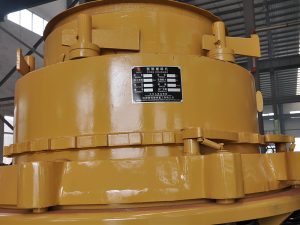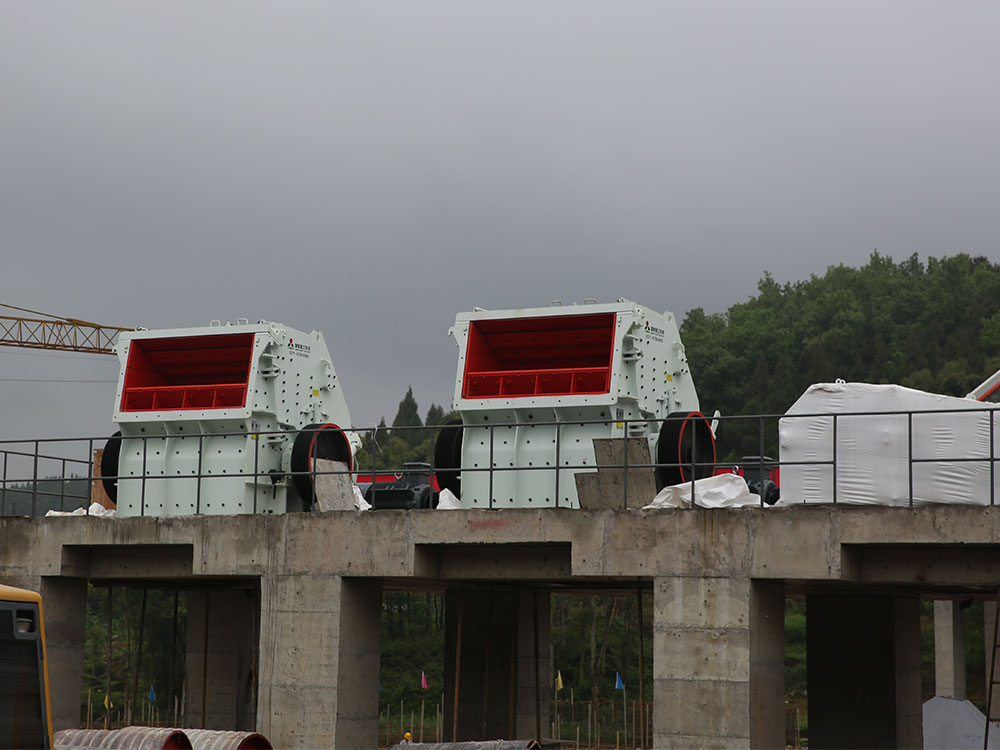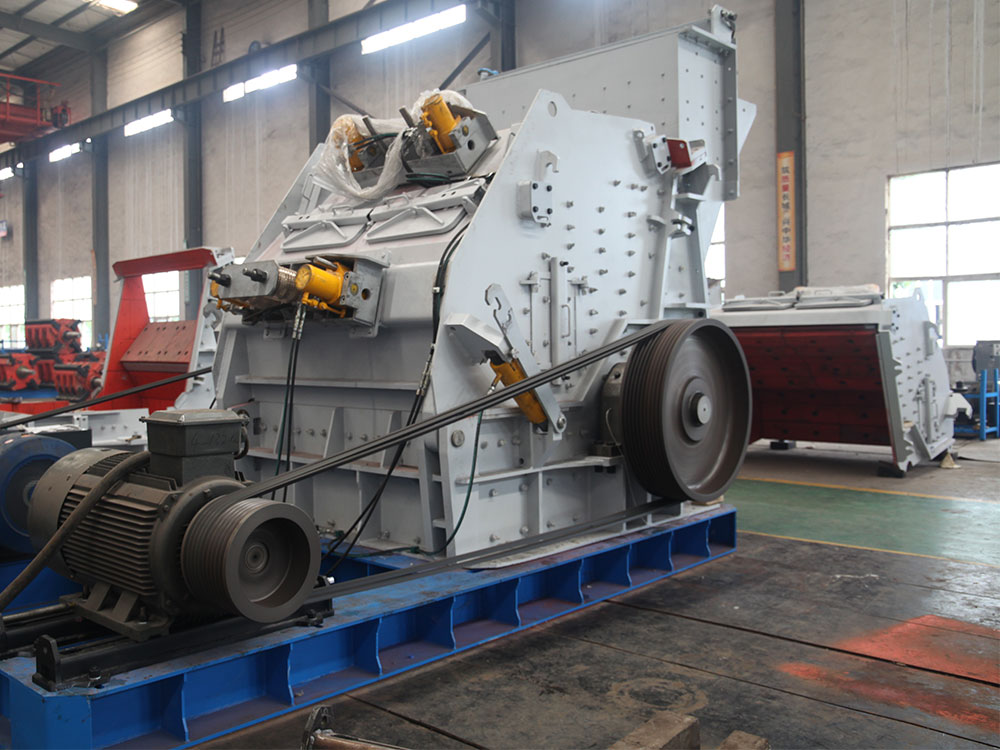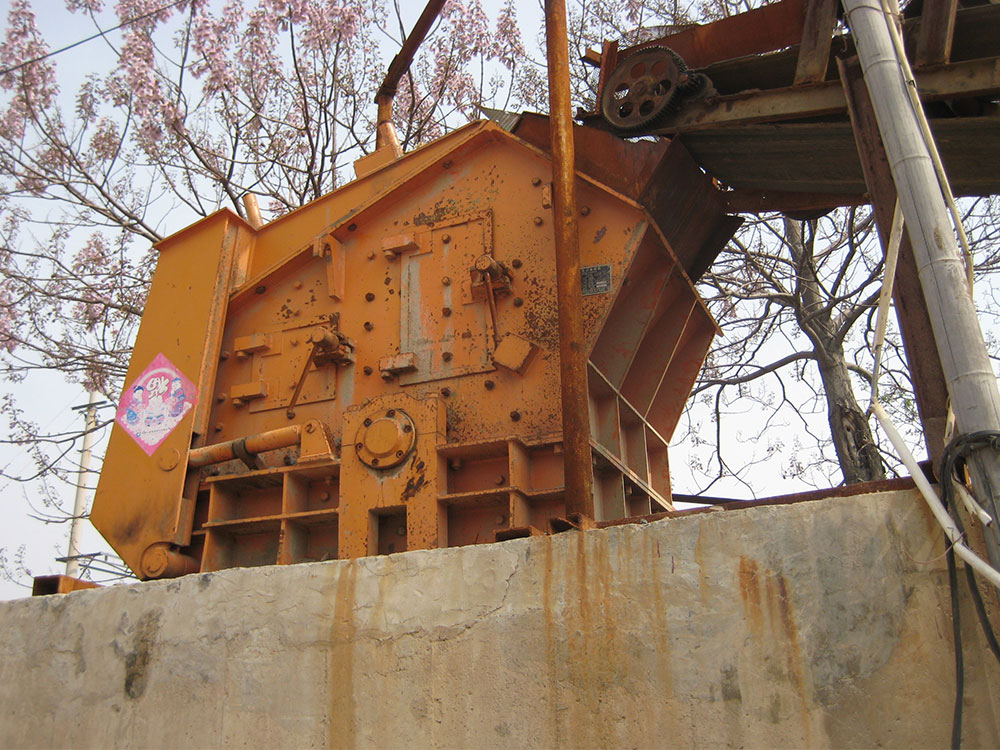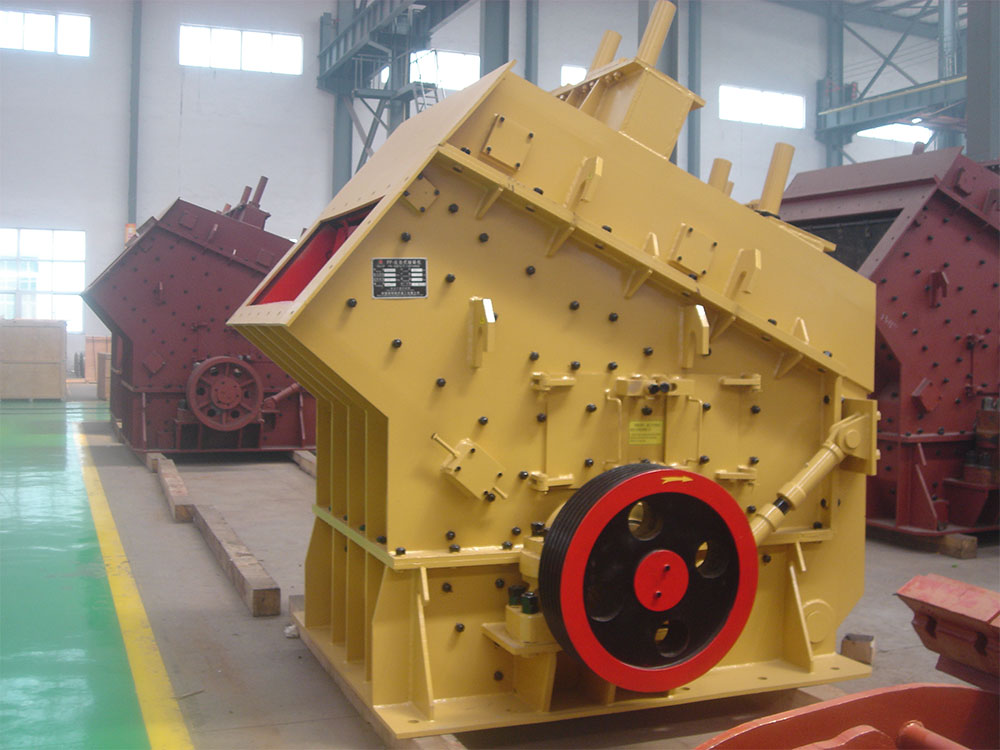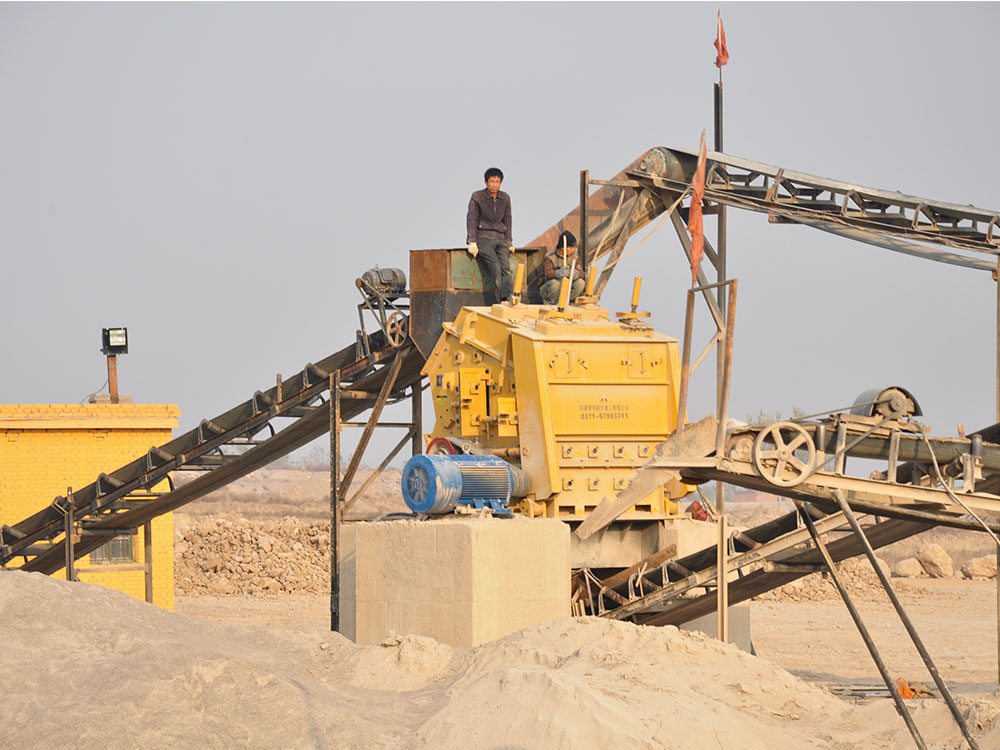The selection of impact crusher needs to consider material characteristics, output requirements, finished product requirements and cost factors. The core selection points are as follows:
1. Material characteristics analysis
Hardness and type
Applicable to medium and low hardness brittle materials (such as limestone, dolomite) with compressive strength ≤350MPa. Cone crusher is recommended for high hardness materials (granite, basalt).
Viscous materials with water content >8% are easy to block the discharge port and need pretreatment or adjustment of feeding method.
Feed particle size
Select the model according to the maximum feed size. For example:
Feed ≤300mm: PF-1007, PF-1210 can be selected;
Feed ≤500mm: PF-1315, CI1315 are applicable;
Feed >700mm: PF-1520 or CI1520 is required.
II. Capacity and finished product requirements
Finished product shape and particle size
If cubic particle shape is required (such as building material aggregates): priority is given to impact crusher (finished product has fewer edges and corners, more powder);
If fewer needle-shaped particles are required: control the particle size by adjusting the rotor speed or the gap between the impact plates (speed↑=particle size↓; gap↑=particle size↑).
III. Equipment performance and economy
Technical comparison
PF series: high cost performance, simple maintenance, suitable for small and medium-sized production;
CI series: refined rotor design, coarse/medium/fine crushing in one, high single machine output (up to 2000t/h);
HD German version: low operating cost, suitable for scenarios with limited budget and pursuit of stable discharge.
Cost considerations
Preliminary investment: cone crusher>impact crusher (impact crusher price is 30%-50% lower at the same capacity);
Later maintenance: impact crusher wearing parts (plate hammer, liner) are frequently replaced, and maintenance costs need to be reserved.
IV. Adaptation to special scenarios
Mobile operation requirements
Tire-type mobile impact crushers are flexible to move around, suitable for multiple operation points and demolition and construction waste treatment.
Environmental protection requirements
The impact crusher has high dust and noise, and needs to be equipped with dust removal and noise reduction devices;
The cone crusher has less pollution and is suitable for strict environmental protection areas.
Summary of selection steps: Material measurement: hardness, moisture content, feed size; Determine capacity: hourly production target and finished product specifications; Compare models: select series (PF/CI/HD) based on budget; Test scenarios: mobile needs, environmental restrictions, and long-term costs.


